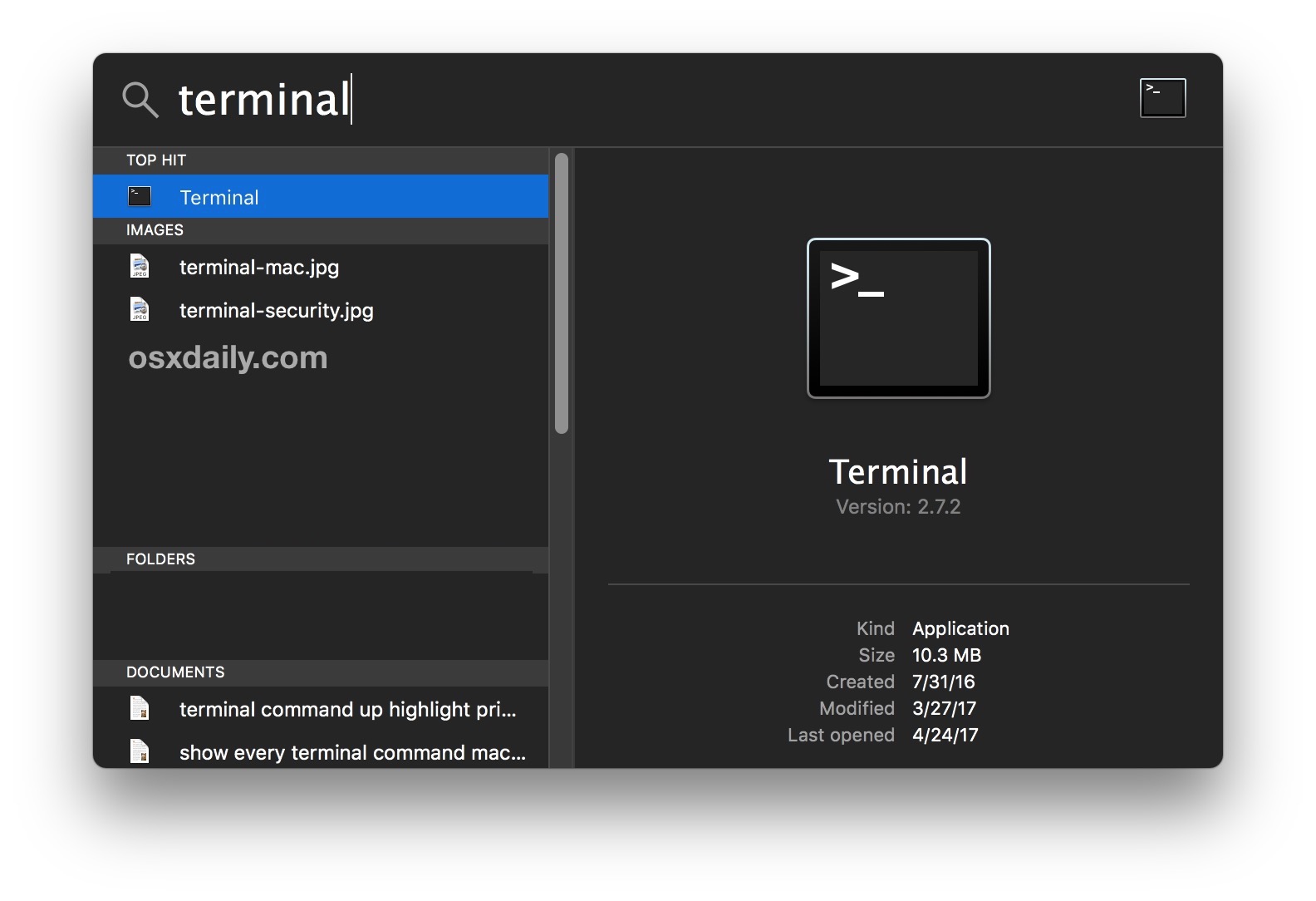


Copy the public half of the key pair to your cloud server using the following command Note that some automation tools might not be able to unlock passphrase-protected private keys. Enter the password you wish or continue without a password. This is a simple password that will protect your private key should someone be able to get their hands on it. (Optional) Create a passphrase for the key when prompted Enter a new name or use the default by pressing enter. The key generator will ask for location and file name to which the key is saved to. Generate a new key pair in a terminal with the next command ssh-keygen -t rsa PuTTY users should skip to the next section. Now continue on your own computer if you are using Linux or any other OS that has OpenSSH. However, note that since the keys are stored in your user home directory, every user that wishes to connect using SSH keys for authentication has to repeat these steps on their own profile. This creates a secure location for you to save your SSH keys for authentication. Then restrict the permissions to that directory to just yourself with the command below. To add an SSH key pair, first, create a hidden folder to your user account home directory on your cloud server with the following command. Try UpCloud for free! Deploy a server in just 45 seconds Preparing your server
#Openssh howto how to
When keys are implemented correctly they provide a secure, fast, and easy way of accessing your cloud server.įollow our guide and learn how to set up your first SSH keys for authentication using OpenSSH or PuTTYTray. They can greatly simplify and increase the security of your login process. Use SSH keys for authentication when you are connecting to your server, or even between your servers.


 0 kommentar(er)
0 kommentar(er)
